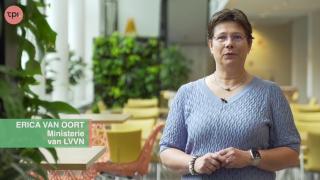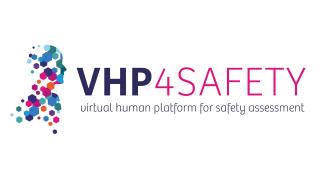Human neuronal cell models for in vitro neurotoxicity screening and seizure liability assessment
Anke Tukker was a PhD candidate in the Neurotoxicology Research group of Dr. Remco Westerink at the Institute for Risk Assessment Sciences at Utrecht University. Dr Westerink’s research group investigates the mechanisms of action of toxic substances on a cellular and molecular level using in vitro systems. Anke's project aimed to develop a human induced pluripotent stem cell (hiPSC)-derived neuronal model for in vitro neurotoxicity screening and seizure liability assessment. Using micro-electrode arrays (MEAs), she showed that these models mimic in vivo neuronal network activity. When these hiPSC-derived neurons are mixed with hiPSC-derived astrocytes, they can be used for in vitro seizure liability assessment. Comparing these data with data obtained from the current used model of ex vivo rodent cortical cultures, she found that these human cells outperform the rodent model. Here research thus contributes towards animal-free neurotoxicity testing.
Anke Tukker has won the public vote of the Hugo van Poelgeest prize 2020 for her research on human neuronal cell models for in vitro neurotoxicity screening and seizure liability assessment.
Neurotoxicology Research Group, IRAS, Utrecht University: https://ntx.iras.uu.nl/NTX_at_Iras
New

Helpathon #12 – Can you help Erica?

The NAM Navigator: A unique repository for information on the validation and acceptance of New Approach Methodologies
